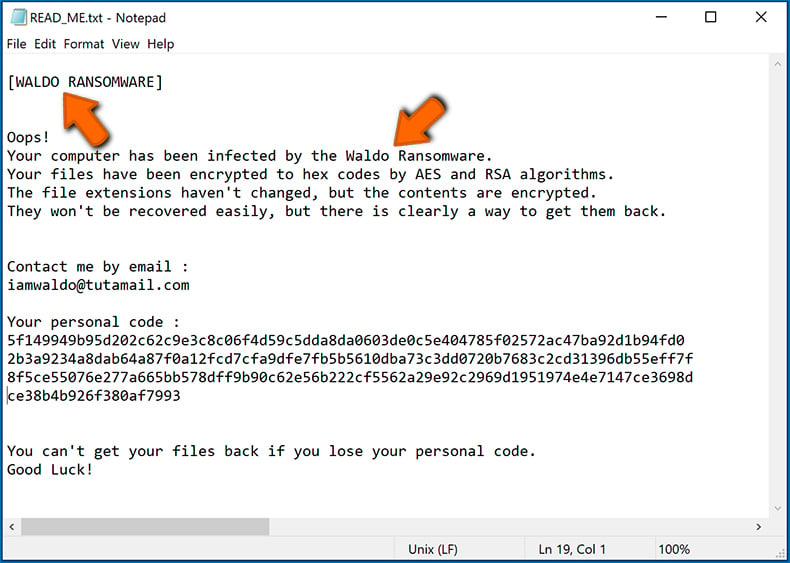
#Uninstall ransomwhere software
However, when the malicious code executes on a victim's PC, the malware will first attempt to remove security software by targeting Windows Defender and Malwarebytes, or by specifically querying for other antivirus software before attempting to uninstall the programs.

It is not yet known how AVCrypt targets victims. These include wireless and wired devices, external hard drives, any storage media and cloud accounts. First, remove all connections, both virtual and physical. It is considered to be a ransomware-type malware that uses encryption to lock personal files, like photos, videos, and documents. Ransomware is a form of malicious software (malware) that leverages data encryption to extort organizations for substantial ransoms that, once paid, will. If you have been the victim of a file encryption ransomware attack, you can follow these steps to remove the encryption Trojan.

The Key group file-locking variant belongs to the Xorist ransomware family. Ransomware is a dangerous virus that uses encryption algorithms. For most people, removing the ransomware from their computer is only. Key group ransomware encrypts users' files and demands them to pay a ransom. orkf virus is a STOP/DJVU family of ransomware-type infections. If a Decryption tool is available to decrypt the files.
#Uninstall ransomwhere install
If you have a backup of your personal important files, clean install Windows to remove all traces of the malware. The best defense against this on-going problem is ransomware protection software that stops a threat before it locks your computer or mobile device and denies access. You can read the ransomware news coverage from Malwarebytes Labs to learn the latest. If this is not an option, search for a guide on removing that particular variant and follow the steps listed. There are only 2 ways to solve a Ransomware attack. Yes, ransomware is still a critical threat in 2021. There are elements of encryption, but no true ransom note, and together with AVCrypt's process deleting, it is possible the malware may also be utilized as a wiper. The simplest and most effective way to remove ransomware is to wipe the affected computer or restore it from a backup created prior to the infection.

The true purpose of the malware - which appears to be ransomware due to its capabilities - is also in question, as some elements appear unfinished. Researchers Lawrence Abrams and Michael Gillespie say that the ransomware "attempts to uninstall software in a way that we have not seen before," which marks the malware as unusual. According to an analysis of the malware, AVCrypt will attempt to not only remove existing antivirus products before encrypting a compromised computer but will also delete a selection of Windows services.


 0 kommentar(er)
0 kommentar(er)
